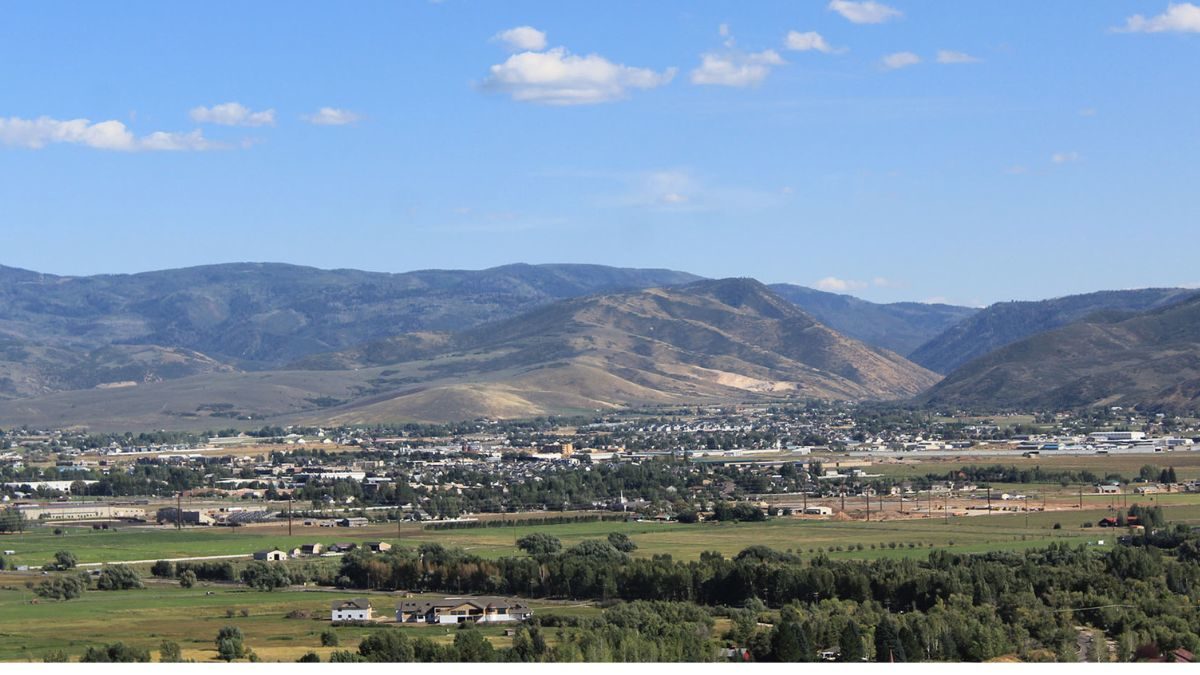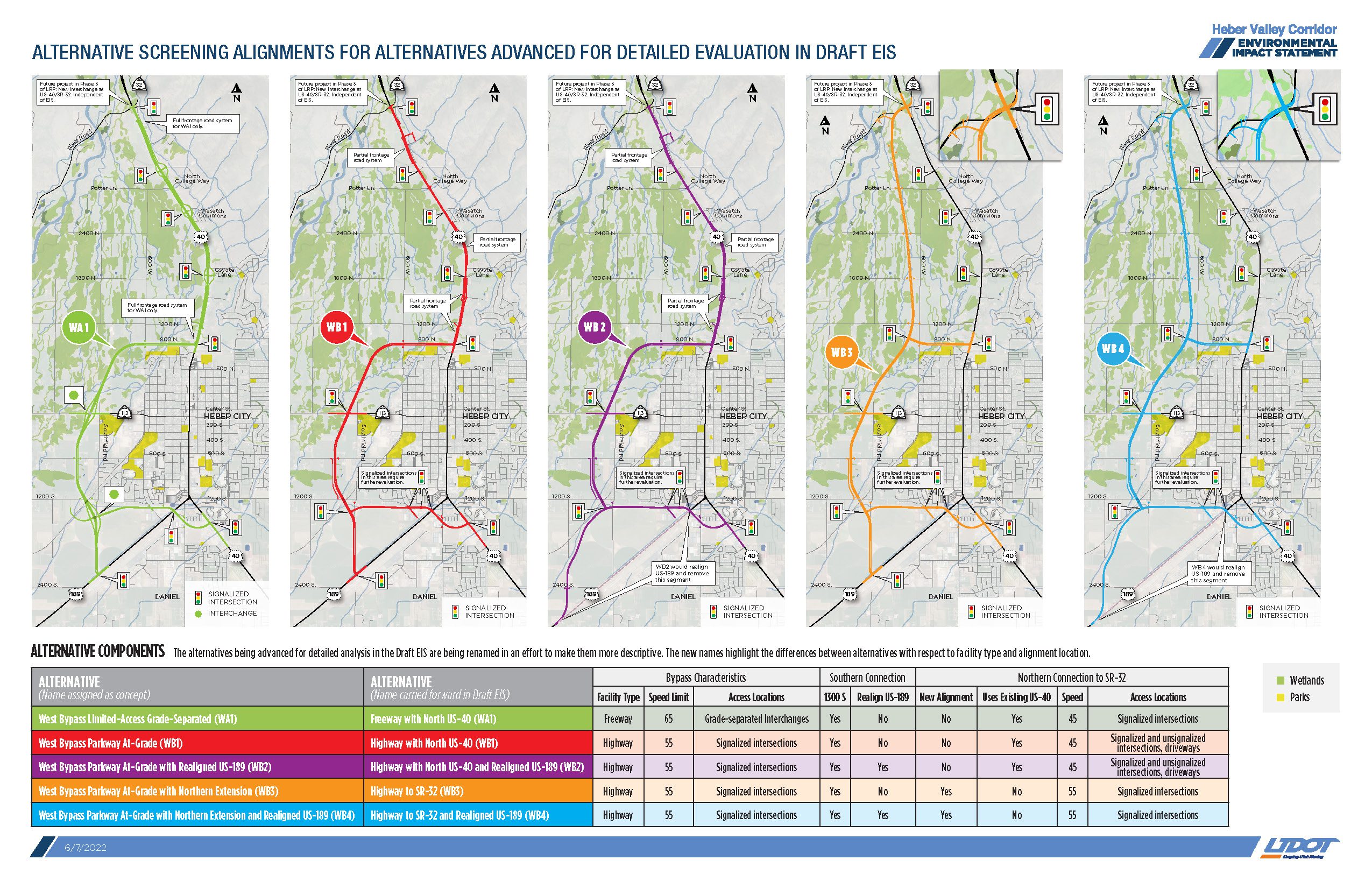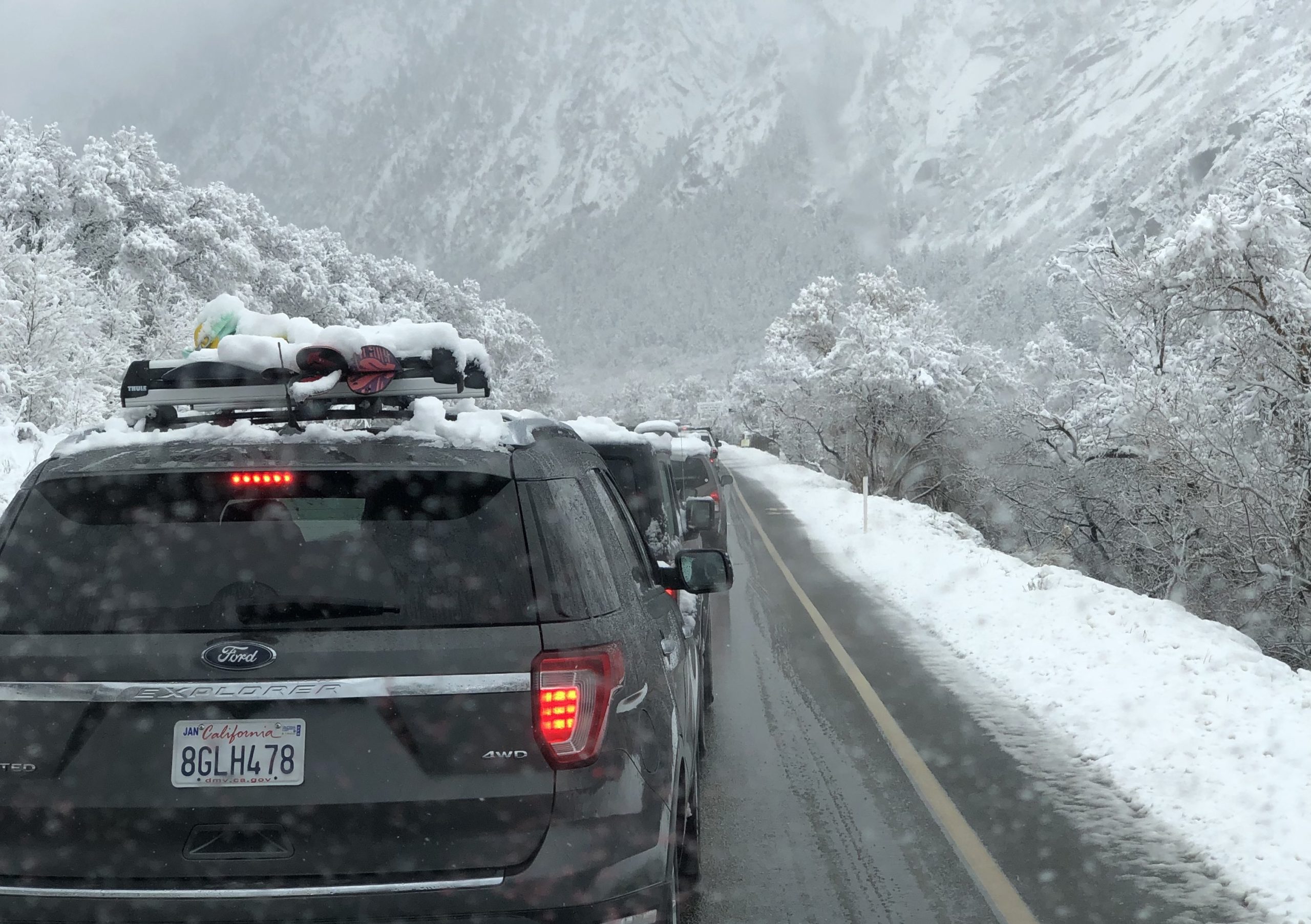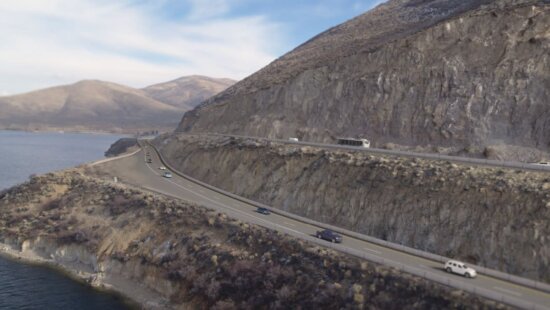Environment
UDOT considering environment, wildlife for EIS draft of Heber Valley Corridor alternatives

A view of Heber City. Photo: TownLift // Rayne Moynahan
HEBER CITY, Utah — The rapid growth of Heber City and Midway has been an ongoing conversation for years. As traffic continues to build, five alternatives are being considered by the Utah Department of Transportation. UDOT staff are preparing an initial draft of an Environmental Impact Statement (EIS).
Any EIS involving federal funding must go through the steps outlined under the National Environmental Policy Act (NEPA). Through the study, information is outlined regarding any significant effect of quality on the natural and human environments. With each of the five alternatives, road construction will move west over farmland, wildlife habitat, and amongst homes along the Provo River in the case of the alternatives that start at River Road. Each alternative will have unique considerations that must be determined and evaluated for necessary accommodation.
“There are quite a few things that we look at in accordance with NEPA requirements. We’ll look at wetland impacts and water quality; we’ll look at threatened or endangered species, wildlife conflict, historic properties, and other factors. That’s a high-level list of the natural environment. We look at the built environment as well, such as impacts to properties, noise impacts to people and the community, business impacts, and those kinds of things,” said UDOT Heber Valley Corridor Project Manager Craig Hancock.
Although not specifically within the purview of this project, a past study commissioned by UDOT in 2019 to determine hotspots for wildlife and vehicle collisions, US highway 40 between Heber City and Jordanelle Reservoir to the north and US 189 near Deer Creek State Park were in the top five in Utah. Each alternative could be crossing areas where wildlife is regularly moving, similar to those closer to the Jordanelle Reservoir. UDOT works with partners such as the Utah Division of Wildlife Resources to determine what is occurring and specific solutions.
“We work closely with the Department of Natural Resources and the Division of Wildlife to identify migratory patterns. If there is a need for a solution, we customize that to fit the areas where we’re working. We have several underpasses that we’ve built. We’ll often use fencing to help channel that wildlife to that specific crossing, and then they cross underneath the roadway, and most people may not be aware that they’re even there. Each project is very situational, but at the same time, it’s a way that we demonstrate our commitment to enhancing safety not only for the traveling public but for the wildlife crossing the road in those specific areas,” said Geoff Dupaix, UDOT senior communications manager for Region Three.
The first draft of the EIS is expected to be released by the end of Spring. From there, a 45-day public comment period will begin, where questions and concerns can be raised. Additional information and a place to submit comments can be found on the project’s dedicated Heber Valley EIS website.




















